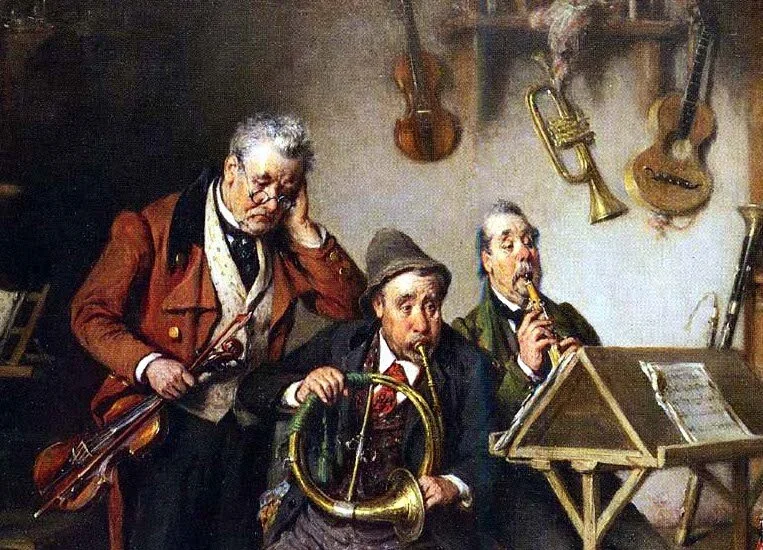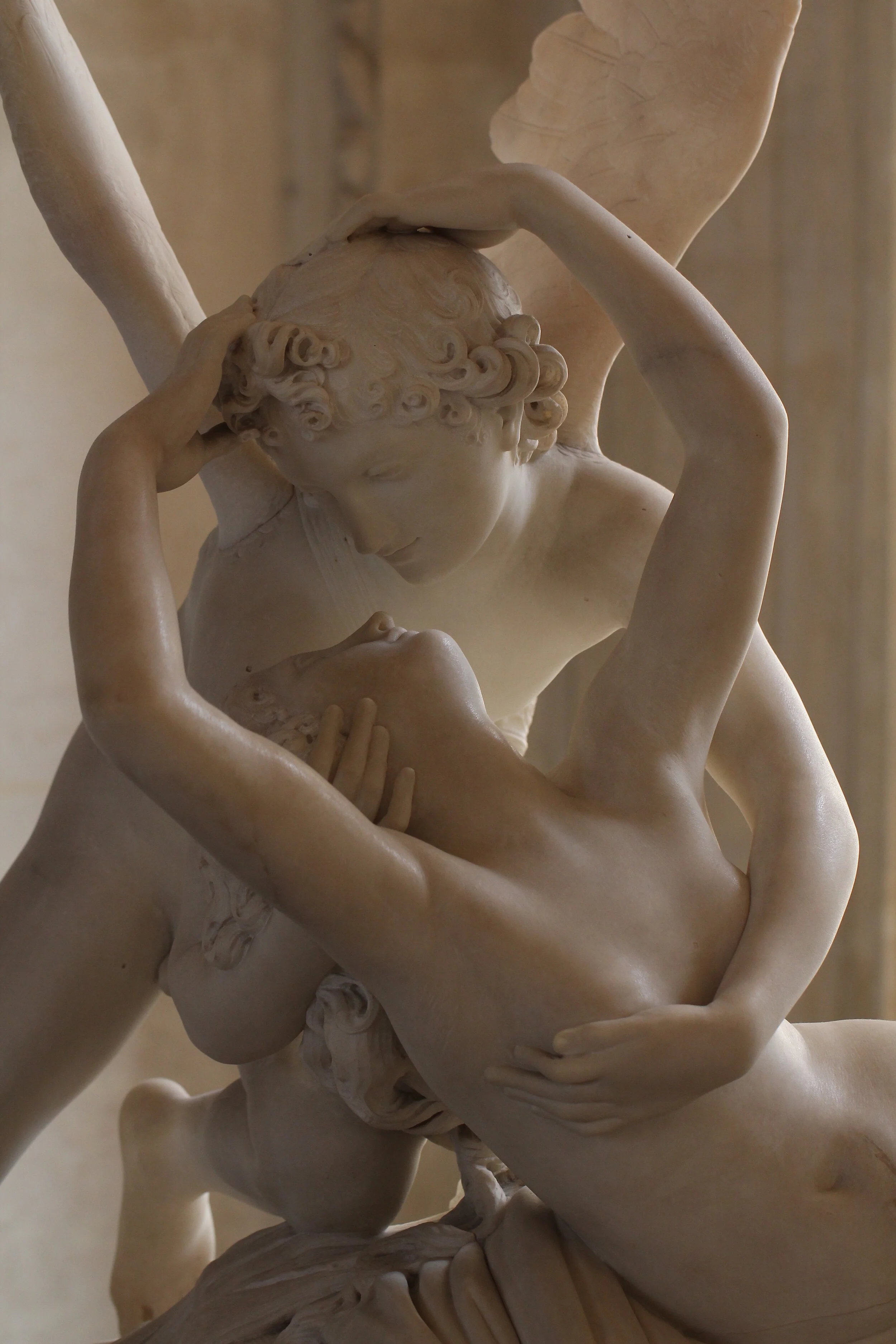What We’re Learning
Let knowledge grow from more to more,
But more of reverence in us dwell;
That mind and soul, according well,
May make one music as before.
- Alfred Lord Tennyson, The Prologue from In Memoriam A. H. H.
The medievals called the desire for knowledge wonder. It is delightfully infectious and enlivens us all. We witness it in everyone, young and old alike. We are drawn to wonder because whenever we encounter something new, we receive a revelation about ourselves. This makes learning an ideal activity for building community and relationships. As we learn more about ourselves, we relate better to our neighbor and inspire wonder in each other, too.
Recent
A bite-sized review of one great piece of music…
September 16, 2020
Welcome back to a Measure of Music! It has been over two months since we last spoke. My last post was about Mozart’s Rondo Alla Turca. This month I will continue to highlight some of Mozart’s most popular works. Today’s selection is the 1791 motet Ave Verum Corpus (“Hail, True Body”).
Polyphony is a style of composition in which the vocal parts sing distinct melodies in simultaneous harmony with one another.
A motet is a short, sacred, polyphonic choral work. It is typical for the vocal parts of a motet to sing the same lyrics and to sing a capella, that is, without accompaniment. In this motet, however, Mozart elected to utilize a light accompaniment of string orchestra and church organ.
In June 1791 Mozart visited the town of Baden, near Vienna, to see his wife Constanze. Constanze was pregnant and ill and had traveled to Baden to convalesce in the local hot springs. Mozart’s friend Anton Stoll had shown numerous kindnesses to her, including arranging her travel. Out of gratitude, Mozart composed Ave Verum Corpus on June 17 and gave it to his friend.
Ave Verum Corpus was written specifically for the Feast of Corpus Christi. Corpus Christi is a Roman Catholic festival which was first added to the church calendar in the 13 th century upon the suggestion of Thomas Aquinas. It celebrates the divine mystery of the real presence of Christ’s body and blood in the Eucharist. In 1791, it took place on June 23, the Thursday after Trinity Sunday, and Anton Stoll, who was teacher and choirmaster at the local parish, conducted its world premiere that day in church.
The Baden parish was small, with resources that were limited relative to what a composer of Mozart’s pedigree could usually expect. Accordingly, the musical writing is somewhat simple and sparse, and the entire piece of music takes up only 46 measures. (A piano sonata, by contrast, typically numbers in the high hundreds.) Despite this, Ave Verum Corpus is admired as one of Mozart’s most beautiful works. It is perhaps because of, and not in spite of, its sparse writing that it is so beloved: every note is carefully chosen and perfectly placed, achieving an economy of writing to which only a great master can attain. Such simple writing also requires interpretive perfection by professional musicians, or its effect falls short. As a result, the pianist Artur Schnabel once said of this work that it is “too simple for children and too difficult for adults.”
And so, our performers today are the boys’ choir of King’s College in Cambridge. Schnabel was right. Children, who possess pure, undeveloped voices, and who approach the learning, interpreting, and performing of music with humility, are best able to capture the simple beauty of this piece. From an historical standpoint, it was also very common throughout the Renaissance, Baroque, and Classical music eras for churches to employ boys’ choirs, so performances like this one would have been heard in Mozart’s day. This ensemble does not include a string orchestra, and the church organ fills in the parts the strings would have played. This, too, was the common practice of music directors, to adapt the music they received to the resources they possessed, while remaining faithful to the original notes and intent of the composer.
By December 1791, a mere six months after writing Ave Verum Corpus about the Eucharistic death of Christ, Mozart was dead himself, at the tender age of 35. He left behind an unfinished Requiem Mass (“Mass of Rest”, a Catholic liturgy for the dead) which, despite not being finished, is probably his most famous work. Ave Verum Corpus is occasionally performed alongside the Requiem. It is, after all, the only other sacred work Mozart composed in the last nine years of his life, and its text matches well.
Ave verum corpus,
Natum de Maria virgine;
Vere passum immolatum
In crucis pro homine.
Cuius latus perforatum
Unda fluxit et sanguine.
Esto nobis praegustatum
In mortis examine.
Hail, true body,
Born of the virgin Mary;
Who has truly suffered, slaughtered
On the Cross for humanity.
Whose side was pierced,
Pouring out water and blood.
Be a foretaste for us
During our ordeal of death.












The Play’s the Thing is a podcast produced by the Circe Institute’s podcast network Close Reads. The rotating hosts dive into a Shakespeare play for a number of episodes. I recommend the five episodes they spend on Much Ado About Nothing. These episodes include all of the best characteristics of a favorite college course or lecture series, while also managing to entertain. And they are completely free.